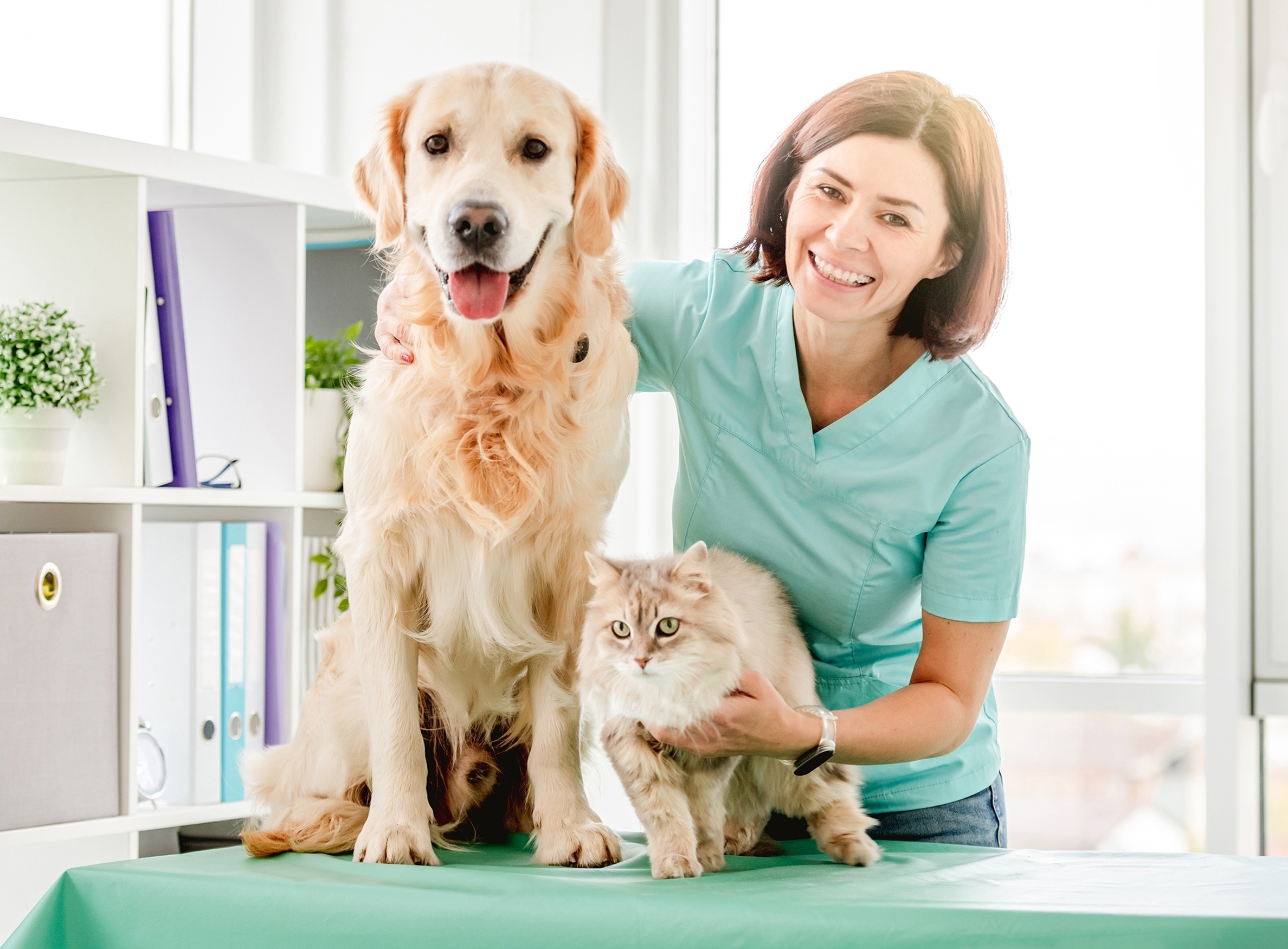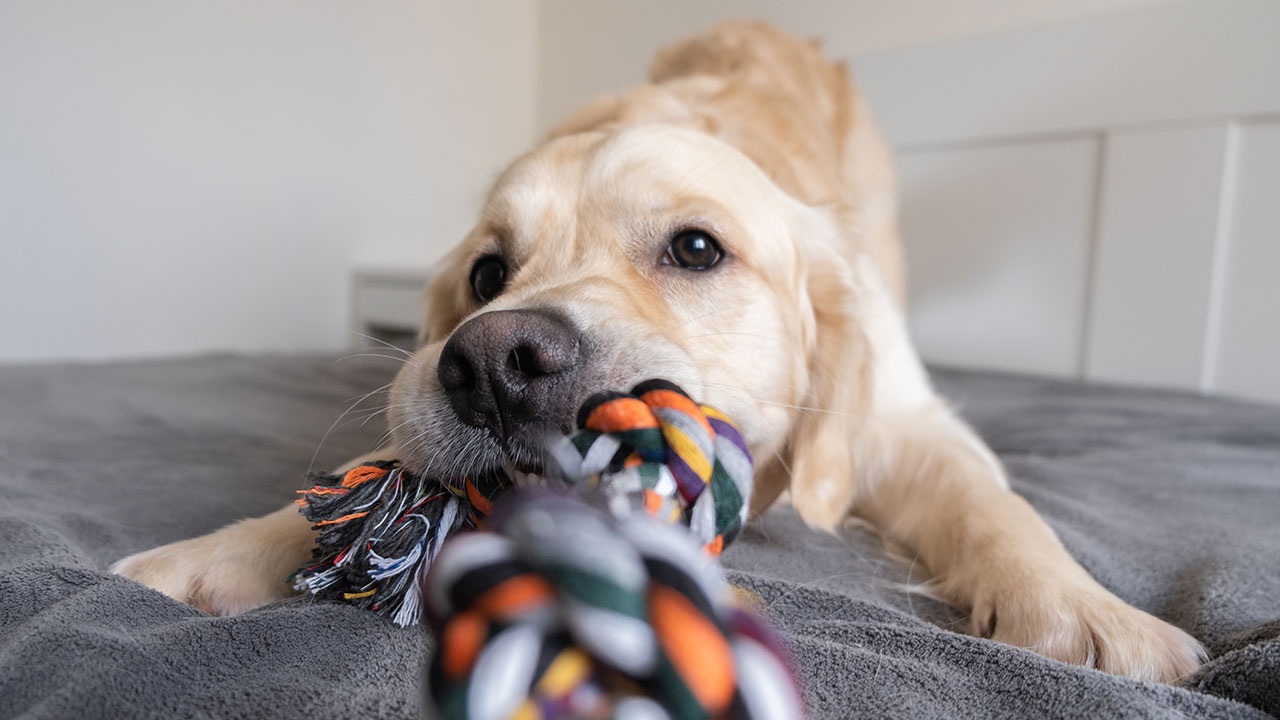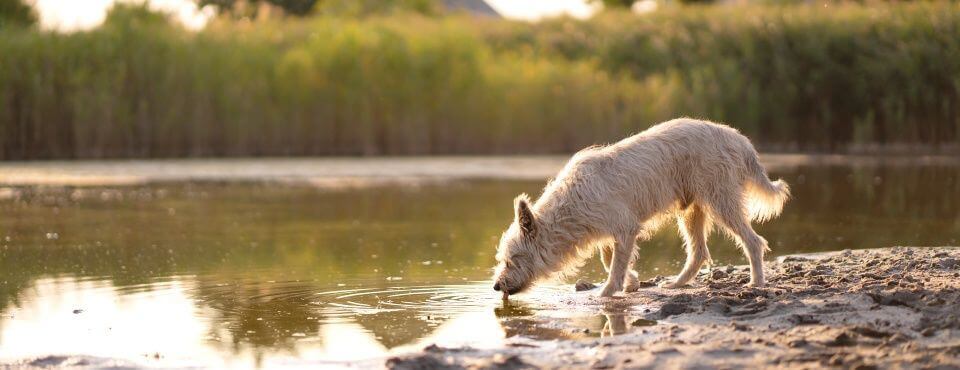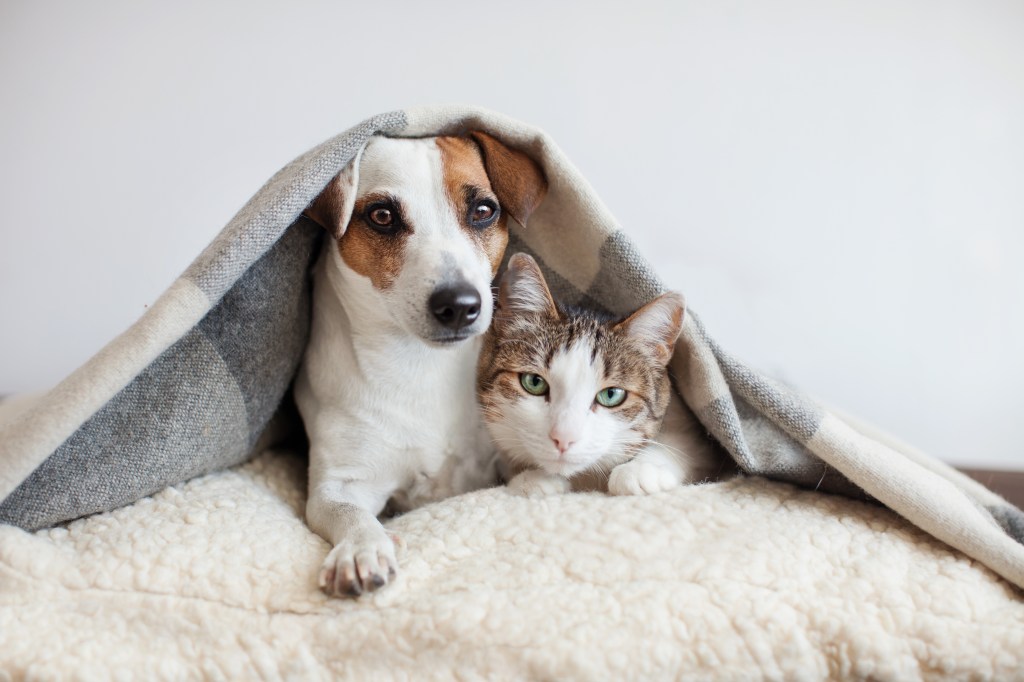There is at least one other creature in the world that loves your dog as much as you do — fleas. That’s right. Fleas will do just about anything to spend time with your dog; they love running their sleek little bodies through your dog’s hair, latching onto and nibbling your dog’s skin, and feeding off of your dog’s blood for, what could be, a long time. Given the opportunity, fleas will lay up to 50 eggs a day knowing they can raise their family of flea babies in your home.
Although all dogs are at risk of contracting fleas 365 days a year, some dogs seem to be more of a flea magnet than others.
It appears as though a flea’s love for dogs might be a little more on the conditional side, meaning when certain conditions are present fleas are more likely to thrive.

For starters, fleas love a warm, humid environment—indoors, outdoors, as well as on your dog. Fleas are not seasonal parasites, as long as the climate meets their optimal condition of 70-85℉ (21-30℃) and a level of humidity above 50% they can be active. This means that if you live in areas that are warm and humid year-round fleas will be active outside and inside, but if you live in an area with four seasons fleas may be more active indoors than they are outdoors in some seasons.
While every dog’s body offers the warmth that fleas love, not all dogs provide the same level of moisture. Dogs only sweat through glands on the pads on their feet, for example. Their skin is moist when they lick it or scratch it excessively, which is something that some dogs are prone to do, especially when bitten by a flea. Flea bites are small and firm and very itchy compared with a mosquito bite. Many dogs are allergic to the saliva that a flea transmits each time they bite. Dogs that are allergic to flea bites tend to lick, scratch and bite themselves more than other dogs. When a dog tries to relieve the itch caused by flea bites, it creates conditions that are perfect for more fleas to feed.
Adult fleas prefer to hide in dark places on a dog, while flea larvae love dark hiding areas in your home.
It’s easier to spot small, dark fleas on a dog with a white or sable coat than it is on a dog with a dark brown or black coat. Fleas tend to land on a dog and immediately dive from the coat down to the skin, where they will feed and lay eggs. Dogs with longer coats provide the perfect cover for fleas to run around on the dog’s skin, hidden underneath the fur and make themselves at home. It’s important to remember that fleas will latch onto any dog, though. Sometimes the features of a dog provide just enough dark spaces, such as under the legs, neck, ears, and tail, where light doesn’t reach. Consider a dog with long floppy ears or one with a long tail that curls up onto its back. These dogs offer more hiding places than those with short, perky ears or flat, nubby tails.
Finally, some fleas love some dogs more than others. It’s true—in the same way that some people tend to attract mosquitos more than others, some dogs tend to attract more fleas than others. You can probably admit that there’s a reason you fell in love with your dog—maybe it was the way it crawled into your lap when you first met or the way it wagged its tail the first time you said hello—chances are it was love at first sight, right? Well, fleas are blindly attracted to three things: heat, carbon dioxide and vibration. They’ll hop onto a dog in a heartbeat.
Looking for a Veterinary Practitioner?
Your veterinary practitioner plays a big role in your pet’s health. Enter your location information and get a list of vets near you.
FIND A VETERINARY PRACTITIONER NEAR ME





 Go To United States
Go To United States Austria
Austria Belgium
Belgium Czech Republic
Czech Republic Denmark
Denmark Europe
Europe Finland
Finland France
France Germany
Germany Greece
Greece Hungary
Hungary Ireland
Ireland Israel
Israel Italy
Italy Netherlands
Netherlands Norway
Norway Poland
Poland Portugal
Portugal Romania
Romania Slovakia
Slovakia Spain
Spain Sweden
Sweden Switzerland (German)
Switzerland (German) Turkey
Turkey United Kingdom
United Kingdom